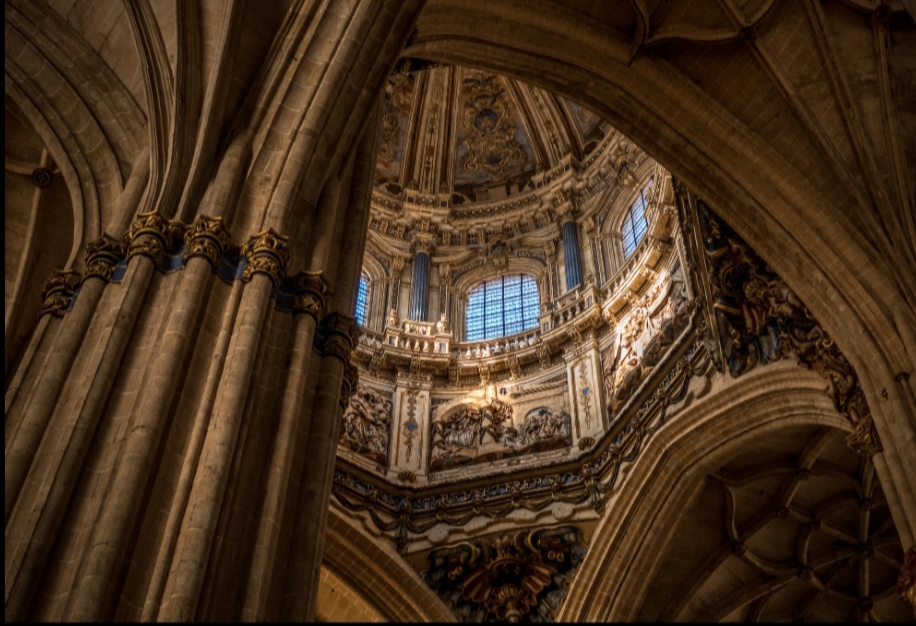Perhaps most distinctive among the many characteristic features of Rome’s four major basilicas are the Holy Doors, called Porta Sancta. The doors are not ordinary entrance doors to basilica halls but hold an extremely significant religious idea, serving as the passageway into grace. Traditionally sealed from within and opening only during the Jubilee Years, crossing through them signifies entering grace. The Church teaching states that faithful persons receive a plenary indulgence or a complete remission of all temporal punishment due to sins for those who pass through the Holy Doors during a Jubilee.
This sacred tradition dates centuries back when the Holy Doors of each basilica were to be opened only by the Pope or a delegated representative at the beginning of a Jubilee Year. The ritual is going to be witnessed in the Jubilee year 2025. The doors will remain open throughout the year, allowing faithful from all continents to pass through them with faith and inner peace because spiritual graces go with this act of faith.
The Four Major Basilicas and their Holy Doors
Thus, though all four basilicas accept the tradition of the Holy Door, each has its character and history, making the practice end.
- St. Peter’s Basilica
Arguably the most famous of the four, the Holy Door in St. Peter’s Basilica in Vatican City draws the most attention during Jubilee Years. It is placed on the right side of the main entrance to the basilica and is symbolic in nature. Vico Consorti made it in 1949, and this door has panels that symbolize scenes of sin and redemption while the pilgrims are crossing as part of an effort that would qualify their spirituality. Every Jubilee is opened by the Pope himself by opening the Holy Door of St. Peter’s Basilica, at which point the Holy Year starts.
- St. John Lateran
Known as the Cathedral of Rome, St. John Lateran occupies a unique position among the four basilicas. The Holy Door is important for its connection to the papacy, but equally, because it represents an ancient Christian community of Rome. The Holy Door of this basilica was restored last in 2000 and, like the others, remains sealed until the next Jubilee. This contributes to the concept of Universality, reminding the pilgrim of his place among a more significant Christian world, and the door itself reflects this concept.
- Saint Paul’s Outside the Walls
St. Paul Outside the Walls is Rome’s second largest basilica, actually very closely associated with the life of the apostle who was martyred in Rome. Its Holy Door, as for all the others, is closed between Jubilees and decorated in scenes from the life and ministry of St. Paul. Those who leave from this door remember St. Paul’s experience. So, when it opens during the Jubilee 2025, the Holy Door at this basilica promises to be an extraordinary affair for those feeling closely identified with the legacy of St. Paul.
- St. Mary Major
The oldest and largest church in Rome dedicated to the Virgin Mary, Saint Mary Major is renowned for its breathtaking mosaics and its tranquil air. Little is said about its Holy Door in comparison with those of St. Peter’s or St. John Lateran, yet it is no less important. Decorated with images of the Virgin Mary, this door would emphasize the maternal aspect of the church so that, at all costs, it may take people in and comfort them in their search for grace. St. Mary Major Holy Door will become a major landmark in Jubilee 2025 when pilgrims find their way to spiritual renewal under the guidance of Mary.
Final Thoughts
One of the very special places, among the hearts of Catholics across the world, will be held by the Holy Doors of four Roman basilicas. Each of them has a story and symbolism unique to itself, therefore, a unique path to spiritual renewal with Jubilee approaching. Whether it’s St. Peter’s or St. John Lateran, St. Paul Outside the Walls or St. Mary Major, Holy Doors beckon to all who seek redemption so that everyone may move forward into a new life.
